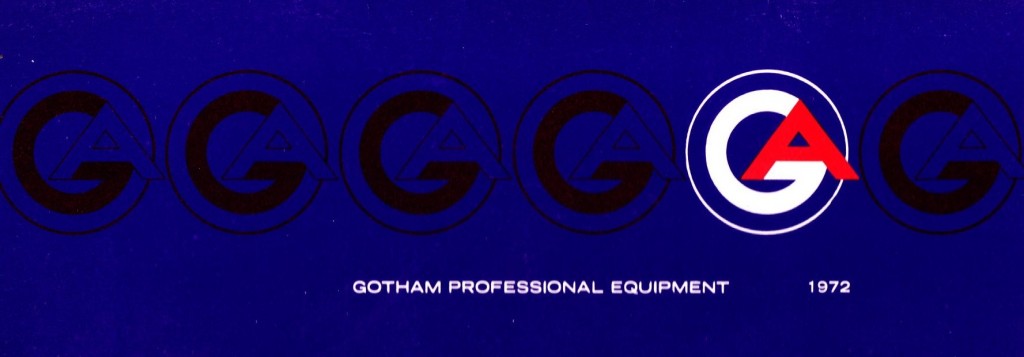 How are y’all doing today… got a pretty good one for you today, pretty good, pretty neat… the complete 30 page Gotham Audio catalog c. 1972.
How are y’all doing today… got a pretty good one for you today, pretty good, pretty neat… the complete 30 page Gotham Audio catalog c. 1972.
DOWNLOAD: GothamAudio_1972_cat
This lil document makes for a fascinating look at the true high-high-end of audio circa 1972, forty long years ago. Products featured include: Gotham Delta-T signal delay model 101, Neumann U-87, KM-86, KM-84, KM-85, KM-83, SM-69FET, KM-88, and KMS085 microphones; Gotham/Neumann custom consoles, Neumann VMS-70 Lathe, SP-71s and MT-70s Transfer system, TS-66 tracing simulator, SX-68 stereo cutterhead, and VG-66s drive system; EMT 140-TS plate reverb, Stellavox Sp7 tape recorder, Studer A-80 multitrack, Studio 089 and 189 consoles, Studer B062 tape machine, EMT-156 PDM compressor, EMT-256 compressor module, EMT-930st turntable, Gotham model OY powered monitors, plus a variety of tech equipment.
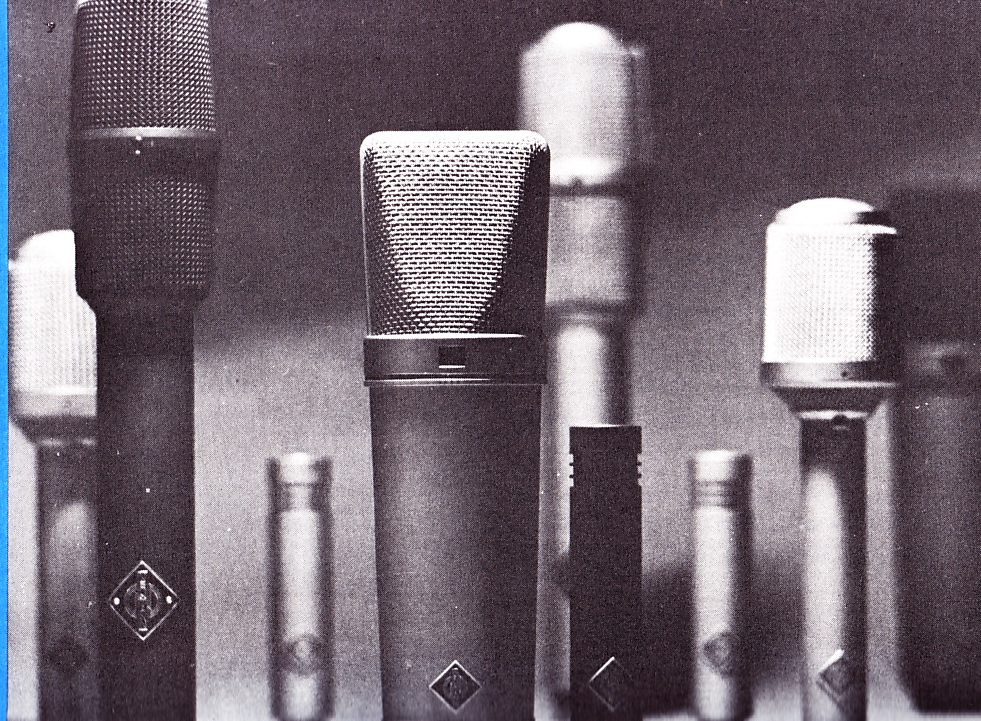
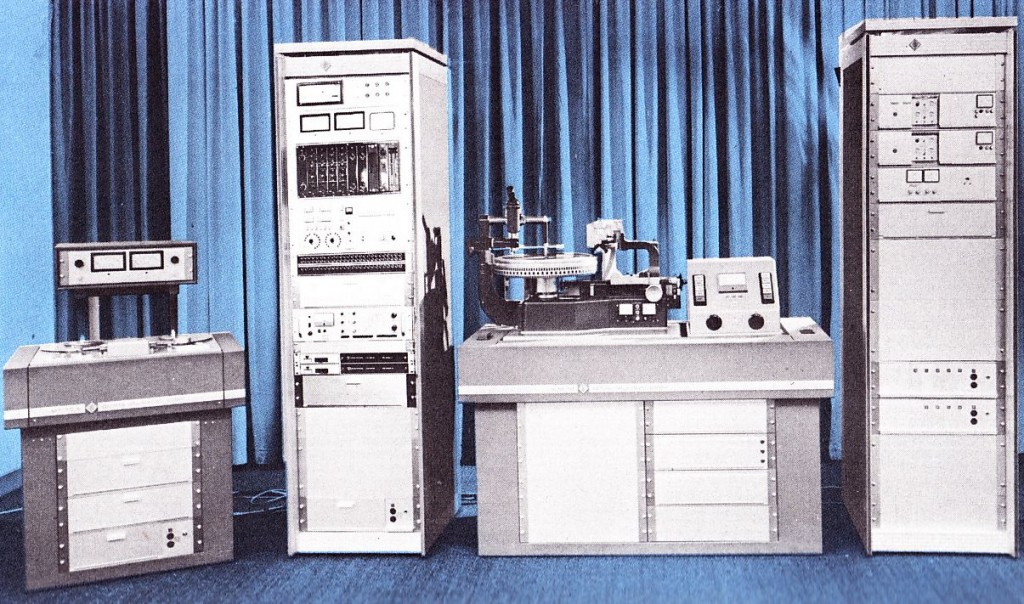
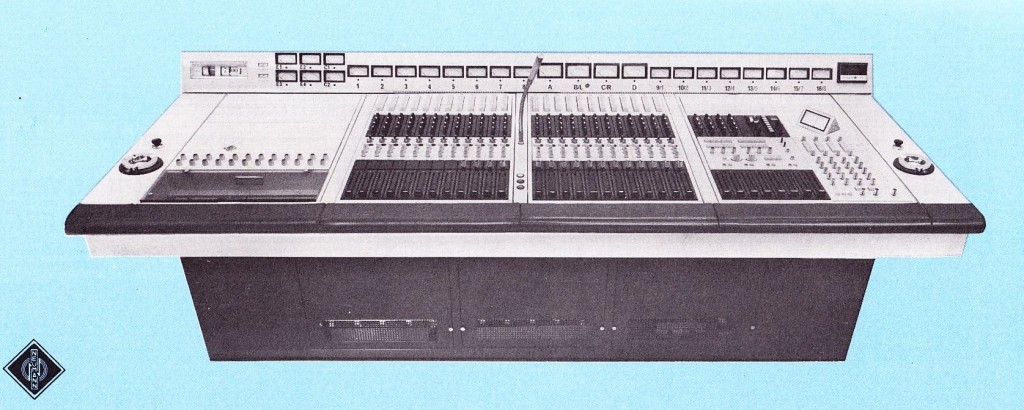 Above: the Neumann Console c. 1972; either end was fitted with both an ashtray and an electric cigarette lighter manufactured by the Rolls Royce company.
Above: the Neumann Console c. 1972; either end was fitted with both an ashtray and an electric cigarette lighter manufactured by the Rolls Royce company.
Good lord talk about ‘serious studio infrastructure.’ But for real. The kinda odd thing is that if you forget about the editing ability and convenience (and the huge range of aesthetic possibilities that this opens open) of the DAW revolution that began with digital audio around 1980… reproduced sound quality itself hasn’t really improved very much since this super-high-end kit was made in 1972. Sure its gotten a lot a lot a lot cheaper and a lot easier, but at least at this VERY high end, the basic ability of this gear to record, modify, and playback sound is pretty damn near what we expect from modern studio equipment. Well, the lathes aside. There are obvious limits to LP playback, regardless of how ‘charming’ we may find ‘that sound.’ I for one do not regret the CD. Now MP3s, on the other hand, I could have done without.
But getting back to the fact that this super-hi-end 40-yo kit still impresses: Does audio only ‘need’ to be ‘so-good’? I, for one, am NEVER motivated to set the clock at 96k and record that way; frankly, I am not sure I can tell the difference at the end of the process, once all is mixed and mastered. Are there still avenues of audio improvement to be made? What would need to change? Playback systems? Playback environments? Consumer expectations?
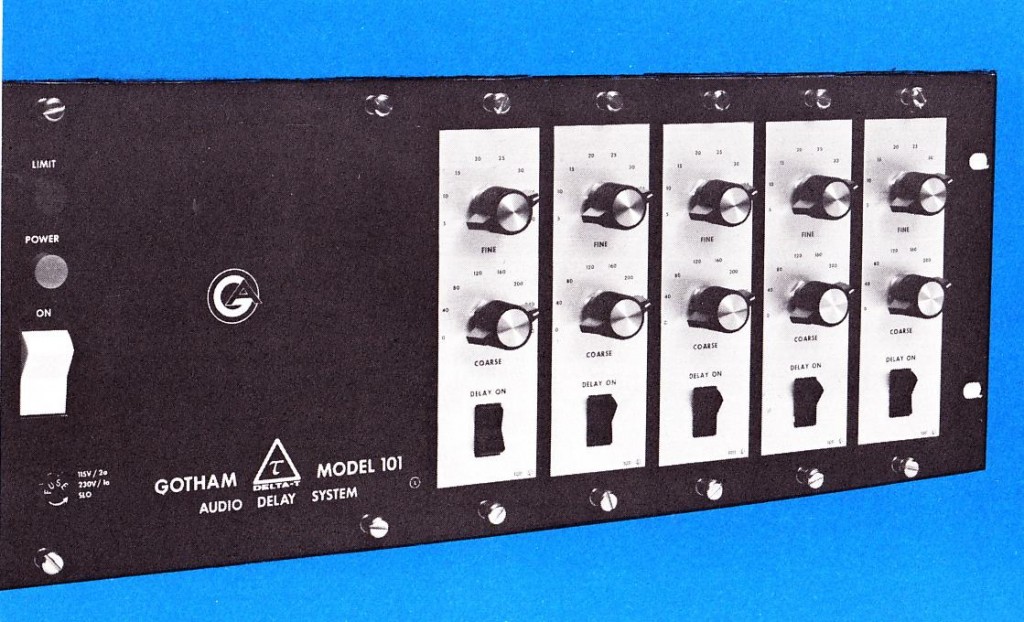
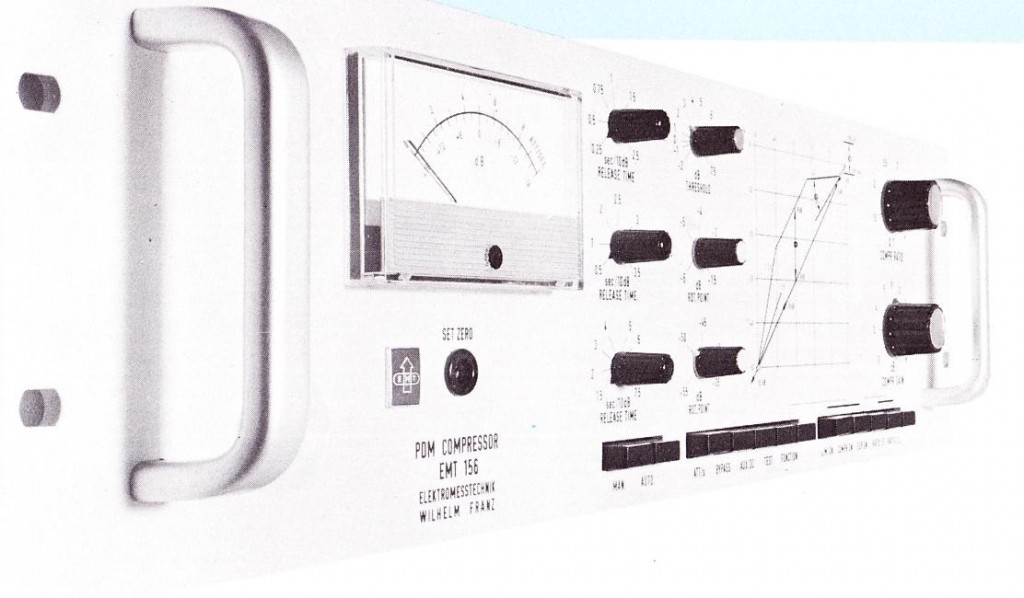
2 replies on “Gotham Professional Equipment Catalog c.1972”
I was just thinking of Stephen Temmer and Gotham Audio, because the recent demise of a particularly rancid politician provided me with much the same feeling as I had when Temmer died.
1972 was, however, hardly the high point of sound quality for Gotham Audio. That would have been in the tube days, when signal paths were simpler.
The CD does not have an adequate bit rate for really good digital audio, It was a compromise determined by Herbert von Karajan’s desire for a full length rendition of (I believe) Beethoven’s Eroica on a disk that could fit in a drive that would fit in a 5 1/4 floppy drive slot or a DIN dimensioned car radio. I believe DVD-Audio and SACD both satisfactorily solve the problem.
But the core problem the music and music recording industries face is not technical. Even MP3s are more than good enough when the music itself is not any good. We simply, as Bob Ohlsson says, do not have the systems in place where young people can learn the craft of pop music anymore. You have people who can’t play singing and playing stuff by people who can”t write lyrics or compose music.
There are exceptions and in fact one consequence of this is that moderately good people can become superstars. Most of the superstars right now are in fact moderately to very good in historical terms. But decades ago moderately good in and of itself got you nowhere. There were tons of excellent musicians and singers out there. They knew what they were doing. They’d paid their dues and they had a place to do it.
I don’t know how to fix the problem. I wish I did. But it is a fact and evading it isn’t going to do any good.
I need one of those consoles. Ashtrays & Rolls Royce electric cigarette lighter… how cool is that.